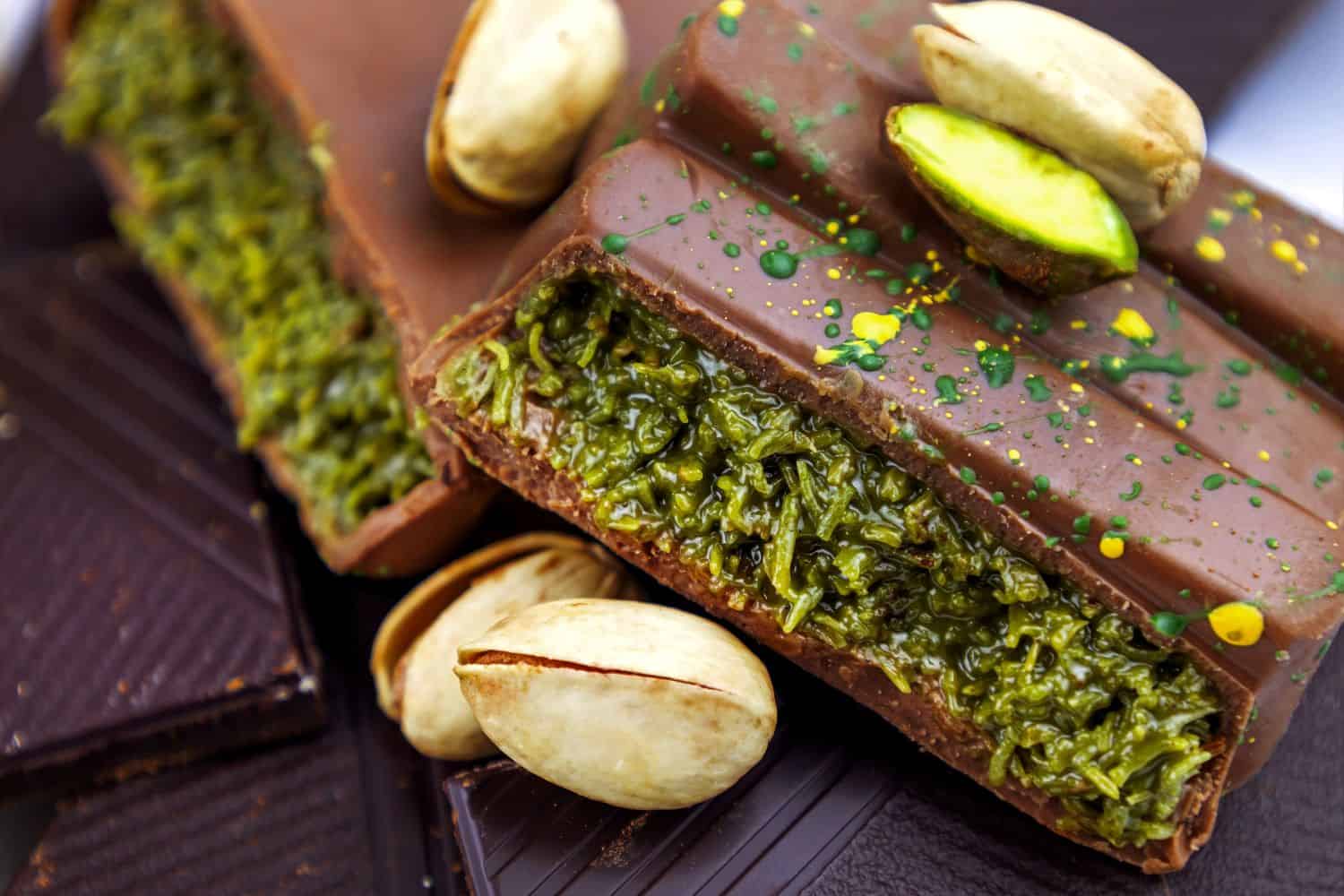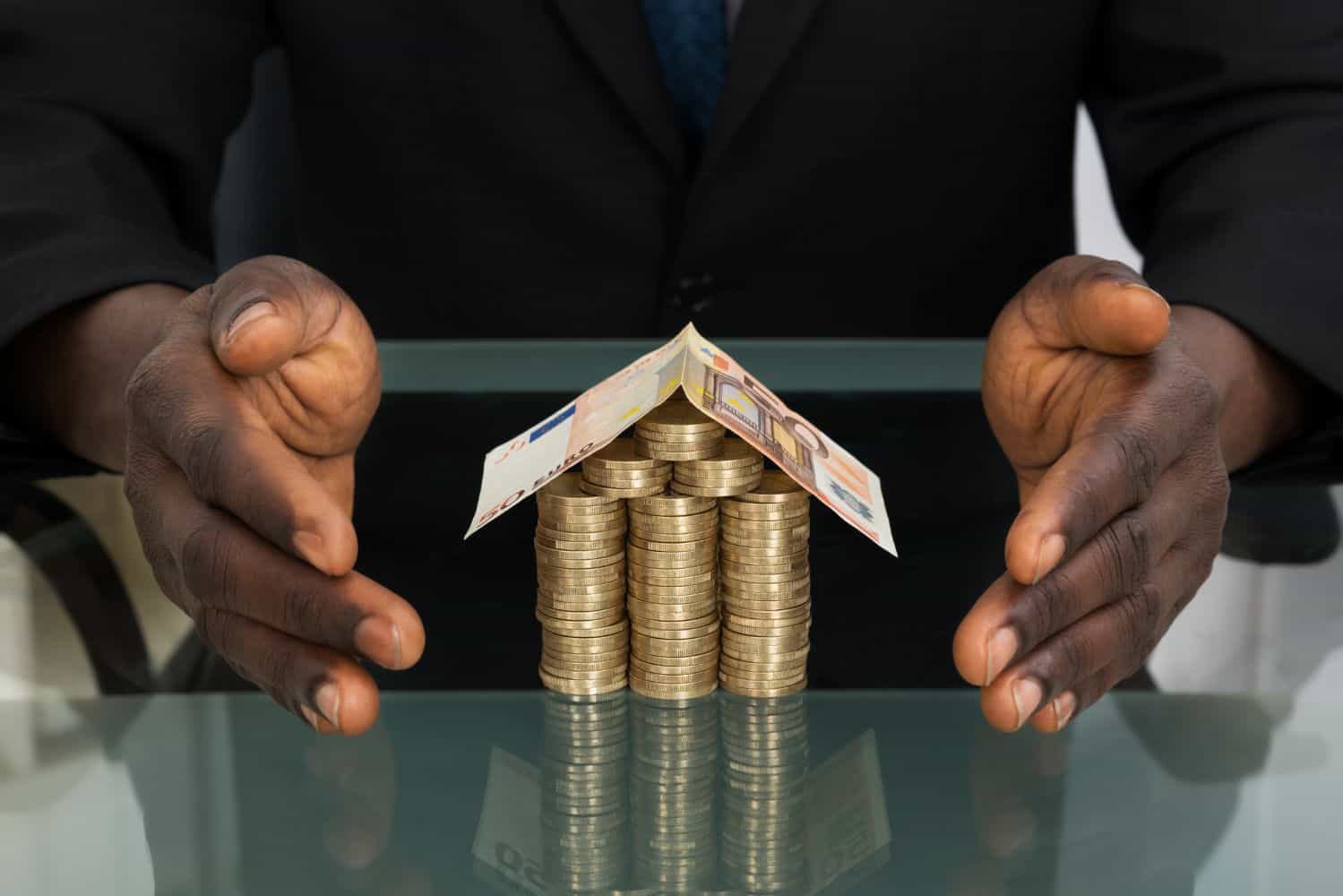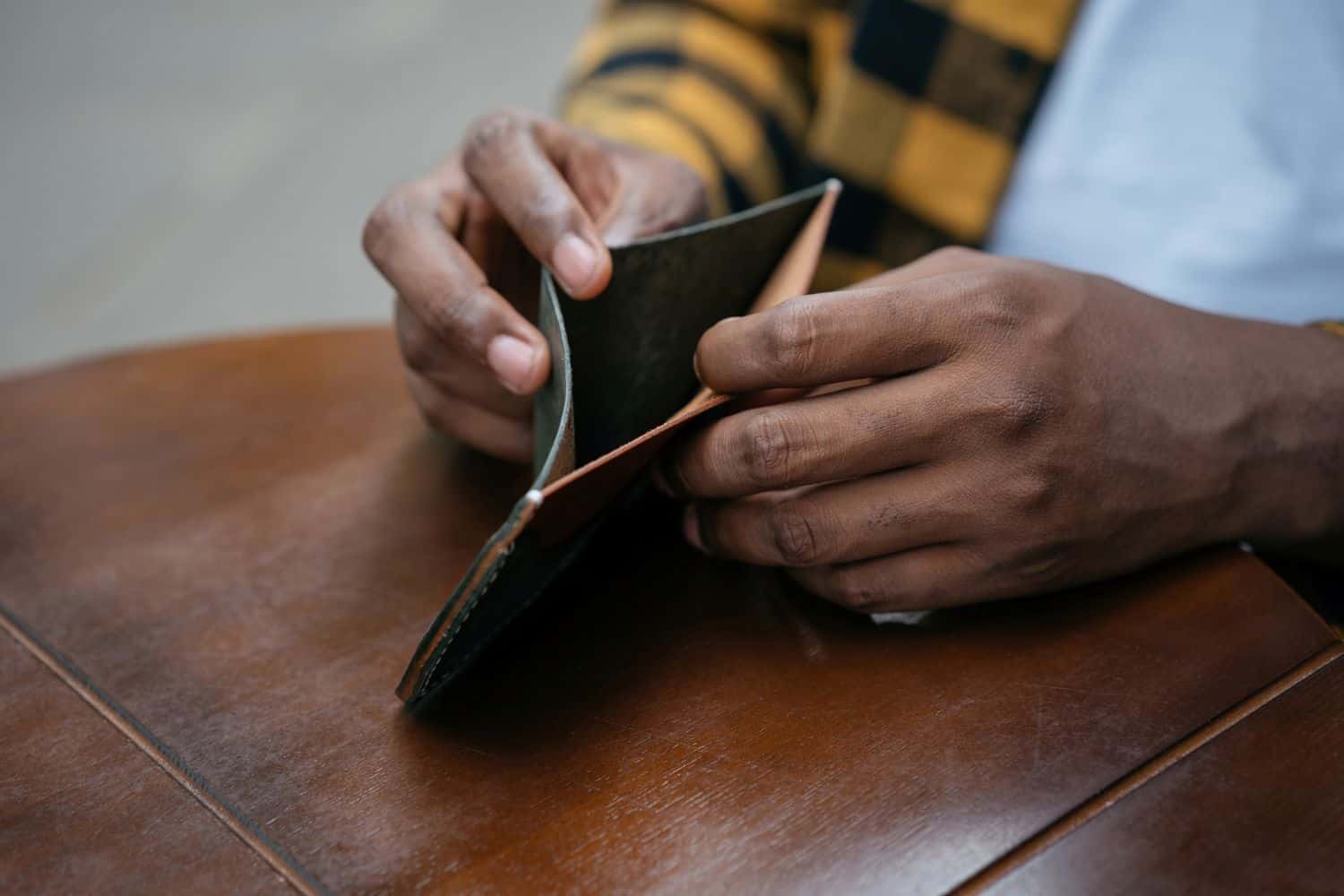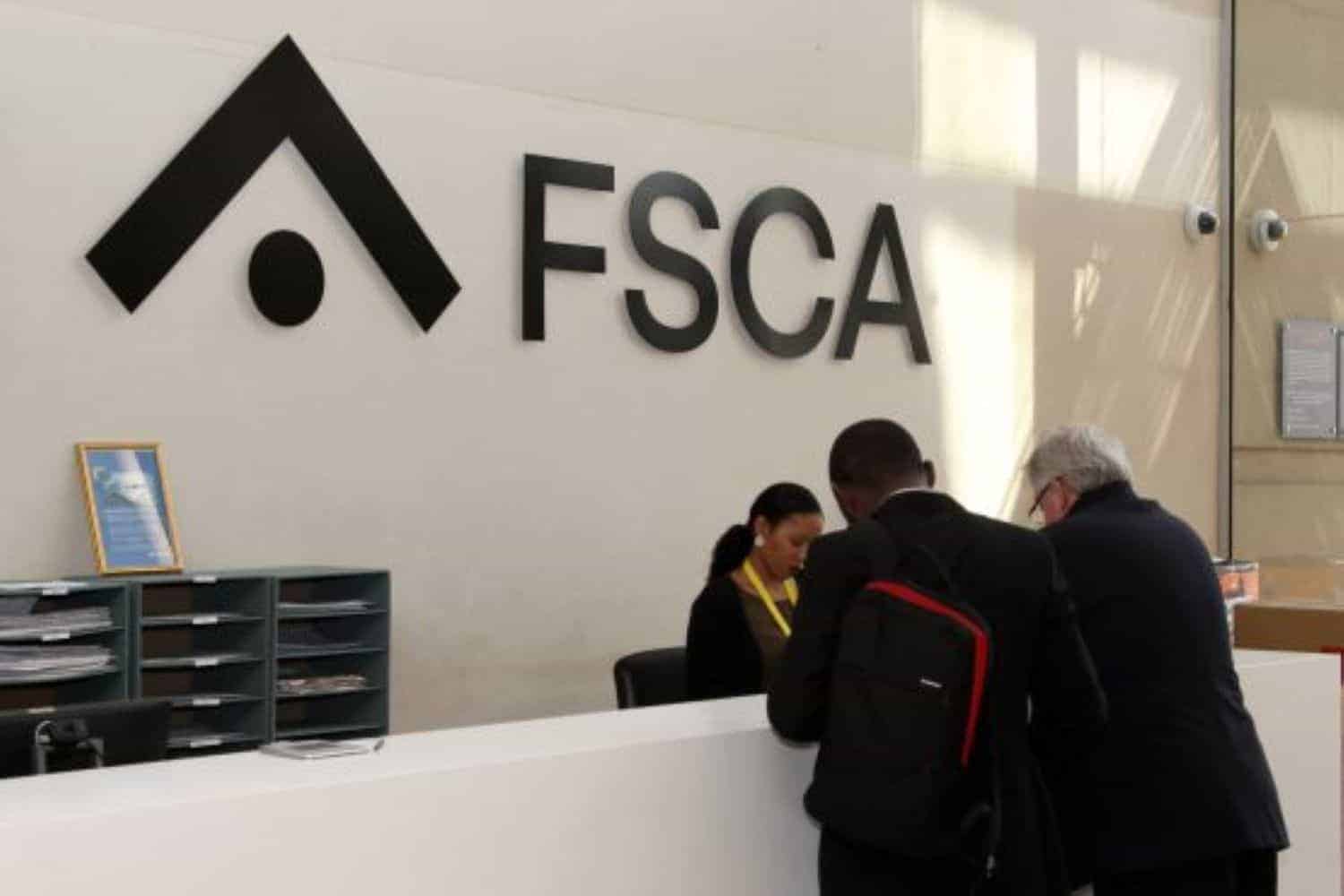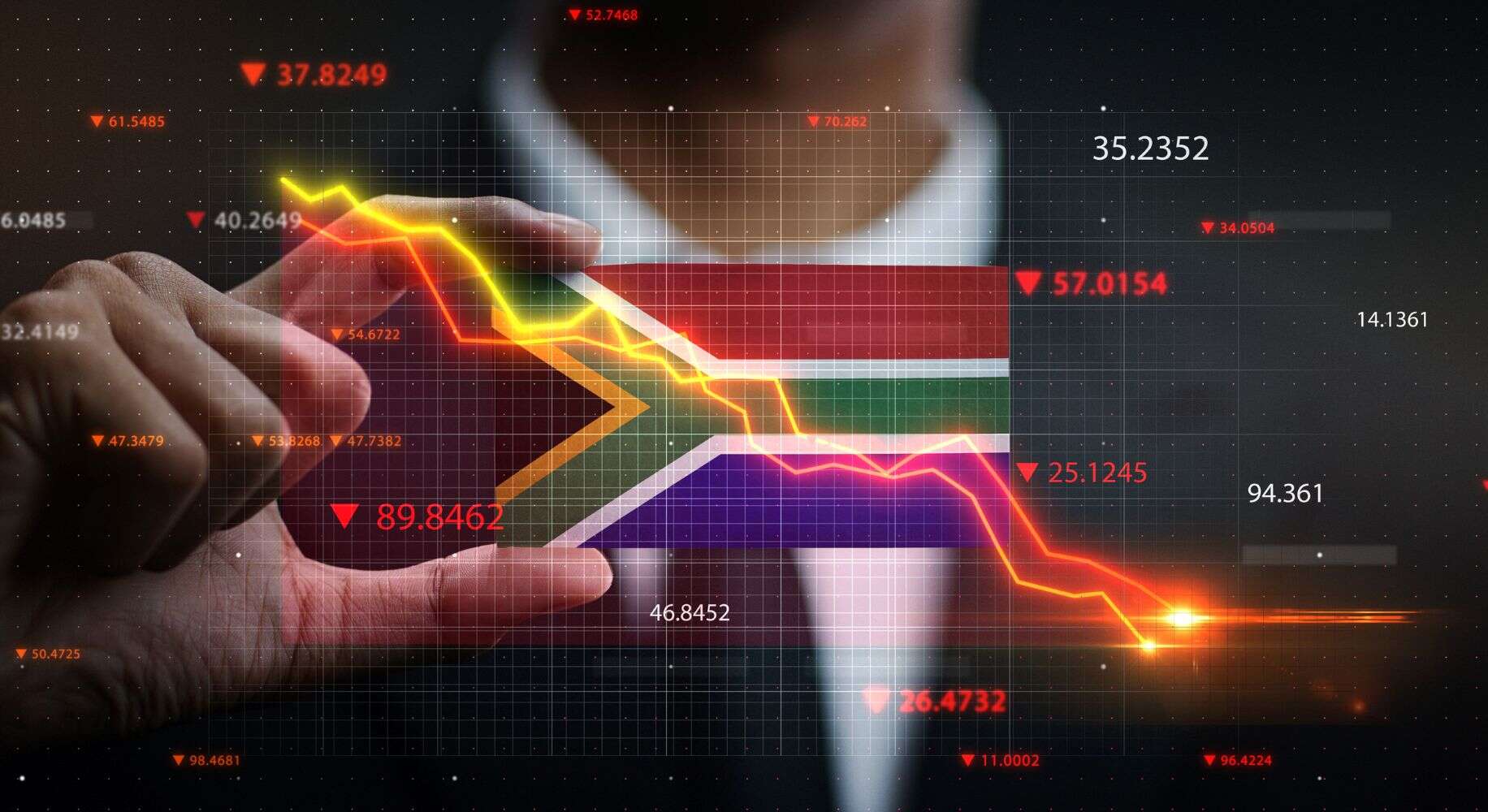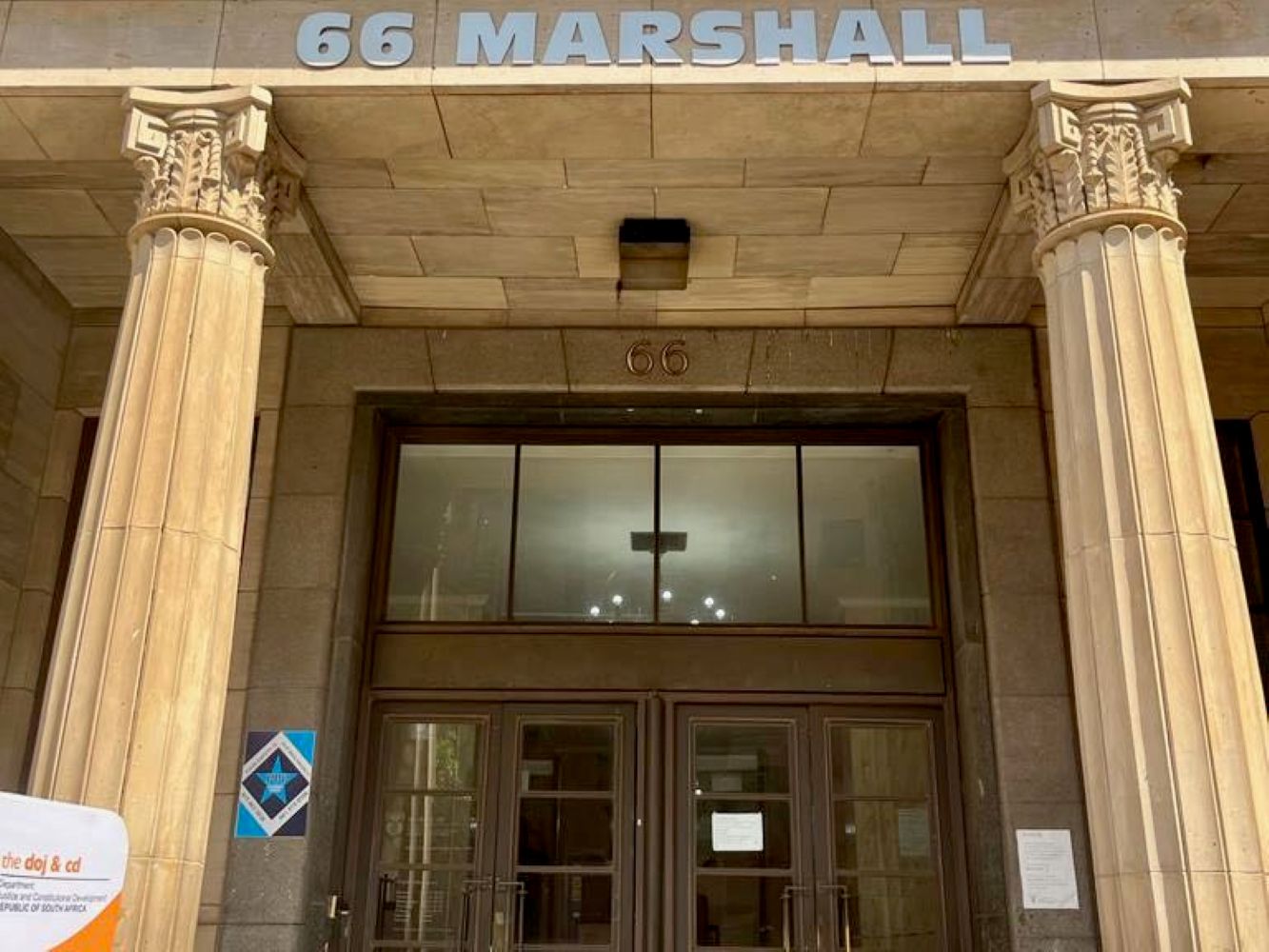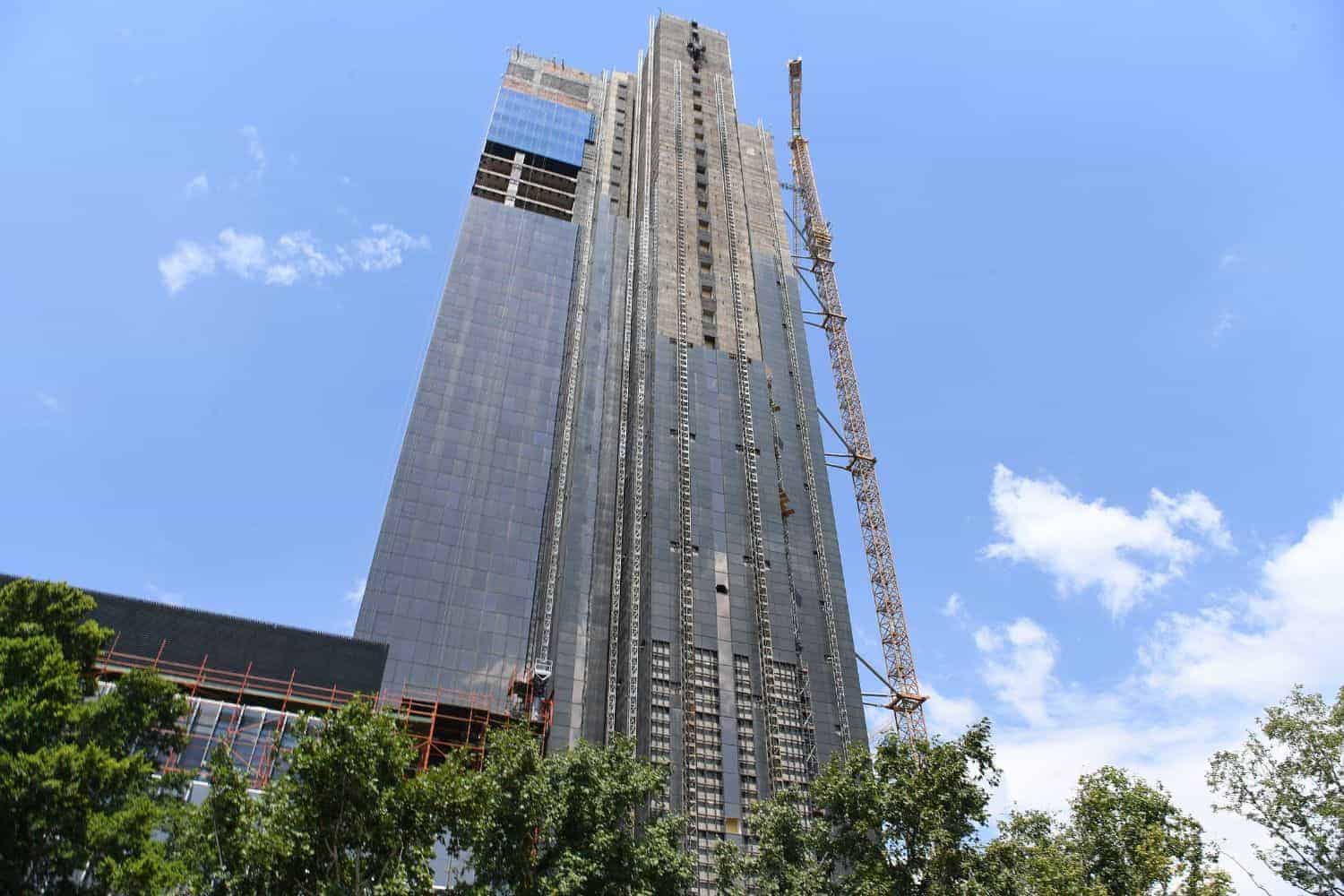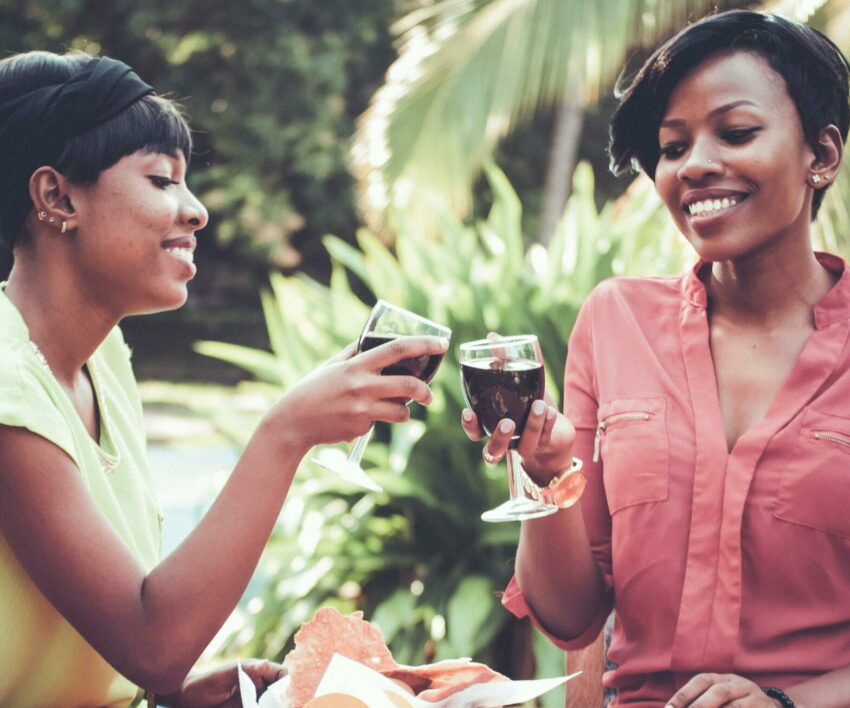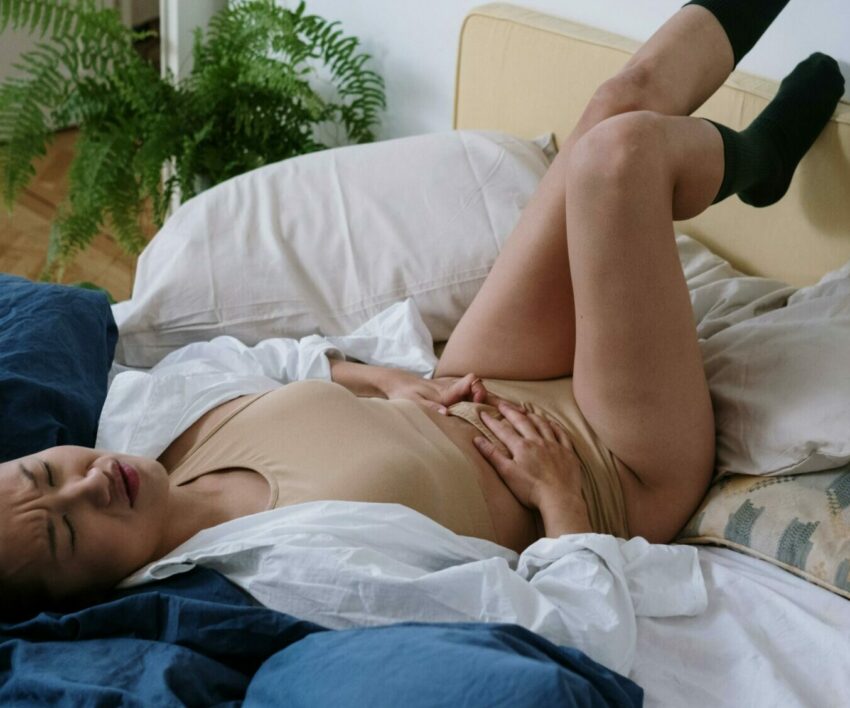Today is World Chocolate Day and you can spoil yourself with Dubai Chocolate today or something a little cheaper.
Just like all countries have their dishes and cultures, every country’s citizens have their preferences when it comes to chocolate, and South Africa is no different.
Andrew Fulton, Director at Eighty20, says that chocolate occupies a unique position in the consumer psyche, and few fast-moving consumer goods (FMCG) products command such an emotional attachment.
Recent chocolate trends also show how savvy social media strategies and precise targeting can elevate niche brands into mainstream popularity, he says.
Remember a few months ago how everybody wanted to taste Dubai Chocolate? Fulton says this phenomenon sent ripples through South Africa’s confectionery landscape.
“Featuring rich textures and premium ingredients like kunefe and pistachio paste, Dubai chocolate captured headlines with its astronomical R1 000 debut price point. While the price later settled at a slightly more accessible R400 at Dischem, the initial buzz already achieved its purpose.”
ALSO READ: Dubai chocolate hits SA shelves at R400: Is it worth the price?
Taking the Dubai Chocolate trend a little further
He says local import and nostalgic candy store, Obsessions Cape Town, not only stocks its handmade dupe of the chocolate but also stocks a dessert version of strawberries smothered in pistachio kunefe, topped with Belgian chocolate.
At the end of 2024, Lindt & Sprüngli introduced its limited-edition handmade Lindt Dubai Chocolate in its retail stores.
Fulton says the overwhelming success of the flavour prompted the group to develop the Lindt Dubai Style Chocolate with a similar recipe for wholesale.
However, the chocolate industry does not only want to make money from consumers. Tony’s Chocolonely represents a masterclass in niche marketing through social justice positioning.
Fulton says this Dutch confectionery company built its brand around ethical sourcing, fair trade practices, and social justice, with its chocolate bars composed of odd-shaped squares that serve as a visual metaphor for wealth distribution imbalances in the chocolate industry.
“This approach created a passionate, loyal global following. In South Africa, Tony’s can be found in a variety of place, from farm stalls and delis to the Checkers Sixty60 app.”
ALSO READ: Chocolate is good for you!
South Africans’ favourites will surprise you
Turning to the South African landscape, he notes that a wide range of South Africans consume chocolate, with more than half (52%) of adult South Africans having eaten some form of chocolate in the past month.
“It is safe to assume many more of them (5.2 million in the past 7 days) choose a Bar-One (R14.99 on the Sixty60 app for a 52g bar) rather than premium alternatives like Tony’s Chocolonely, which costs 1.5 times more.”
According to quarterly MAPS data from the MRF (with a sample size of 20,000 people), the top five chocolate bars South Africans love are Bar-One, Lunch Bar, Aero, Black Cat, and Kit Kat, with a million people eating each of them every week.
Interestingly, Black Cat and Aero skew toward higher-income consumers, while South Africans across all income levels like to take a break with a Kit Kat or a Lunch Bar.
ALSO READ: Dark chocolate good for blood pressure – study
Men and women in SA have different tastes
Fulton says that a third of South Africans eat a chocolate bar in any given week. In terms of gender breakdown, women seem to prefer Jungle Energy Bar, Aero, Kit Kat, and Crunchie, while men favour Nosh, Lunch Bar, Black Cat, and 5 Star.
In terms of generations, Gen Z consumers prefer Nosh, Lunch Bar and Chomp, while Gen X gravitates toward Aero, Black Cat and Flake.
“There is a steady shift in how people approach chocolate. They want to know where ingredients come from, how products are made and they want more authentic, ethical experiences. At Honest Chocolate, we use single-origin Tanzanian cocoa beans that offer a unique, fruity flavour with bright acidity, which consumers really appreciate,” Anthony Gird, co-founder at Honest Chocolate, says.
ALSO READ: The future of chocolate prices remains unpredictable due to challenges
Chocolate is getting more expensive, costing 40% more than in 2021
On that note, Fulton says, if you felt chocolate bars are getting smaller and more expensive over the past five years, you are not wrong.
Chocolate experienced double-digit inflation in most years since 2020, significantly outpacing consumer inflation, with the bars now 40% more expensive than they were in December 2021.
The 11.6% inflation rate in 2024 represents a particularly steep increase, making chocolate a notable casualty of global economic pressures, climate change and supply chain pressures, he says.
“With cocoa prices increasing due to climate change affecting production in West Africa, quality dark chocolate is getting more expensive and that is likely to continue for the next couple of years.”
While many consumers associate chocolate with Switzerland, Germany is the world’s largest exporter of chocolate, accounting for 16.3% of total exports. Belgium, Poland, Italy, and the Netherlands round out the top five, which make up half of all global exports.
The global chocolate export market reached $43.8 billion in 2024, with the US and the United Kingdom importing nearly 20% of that production.
ALSO READ: Stephanie Ceranio’s chocolate empire started with just R8 000
Four of five exporters are from Africa
Africa is Ground Zero for chocolate in its raw form, cocoa beans, with 4 of the top 5 exporters from Africa. They are Cote d’Ivoire, Nigeria, Ghana and Cameroon, responsible for 46% of all cocoa bean exports.
“Chocolate continues to be one of our most beloved guilty pleasures, a small indulgence that delivers big on satisfaction. As we mark World Chocolate Day, it is worth remembering that behind every bar is a fascinating intersection of consumer psychology, global economics and innovative marketing,” Fulton says.
